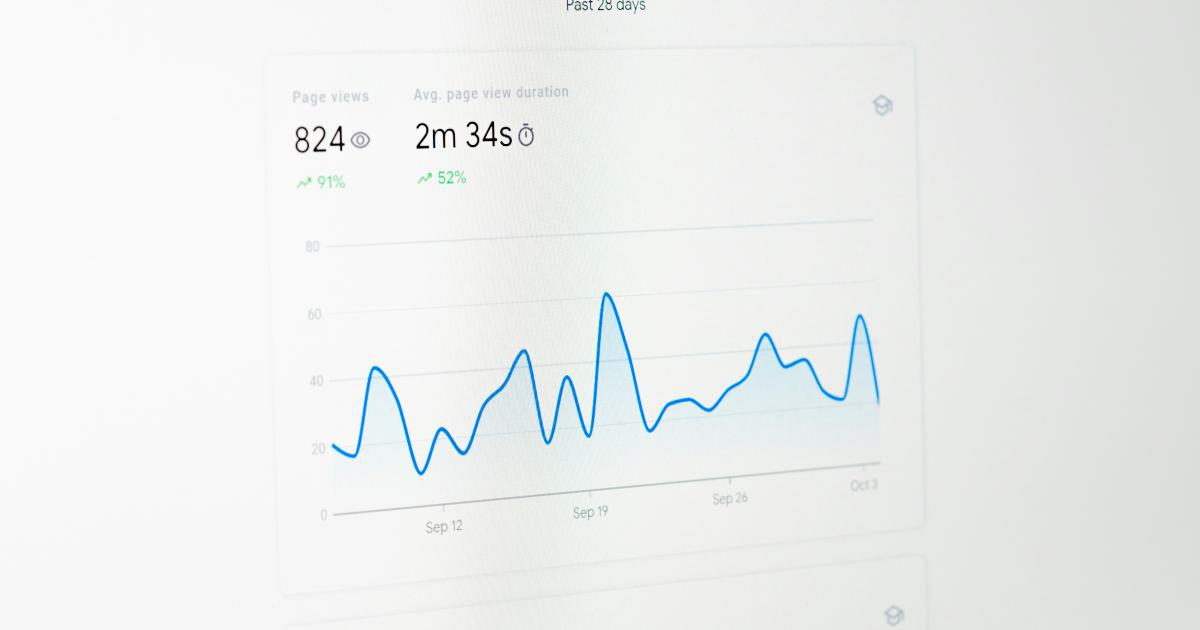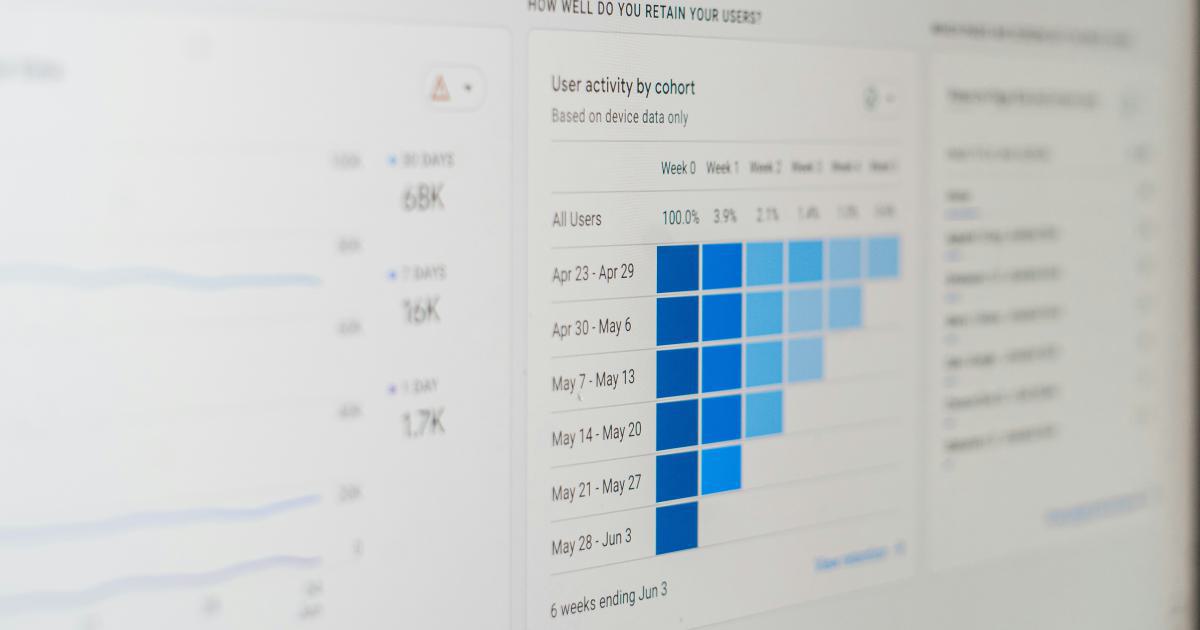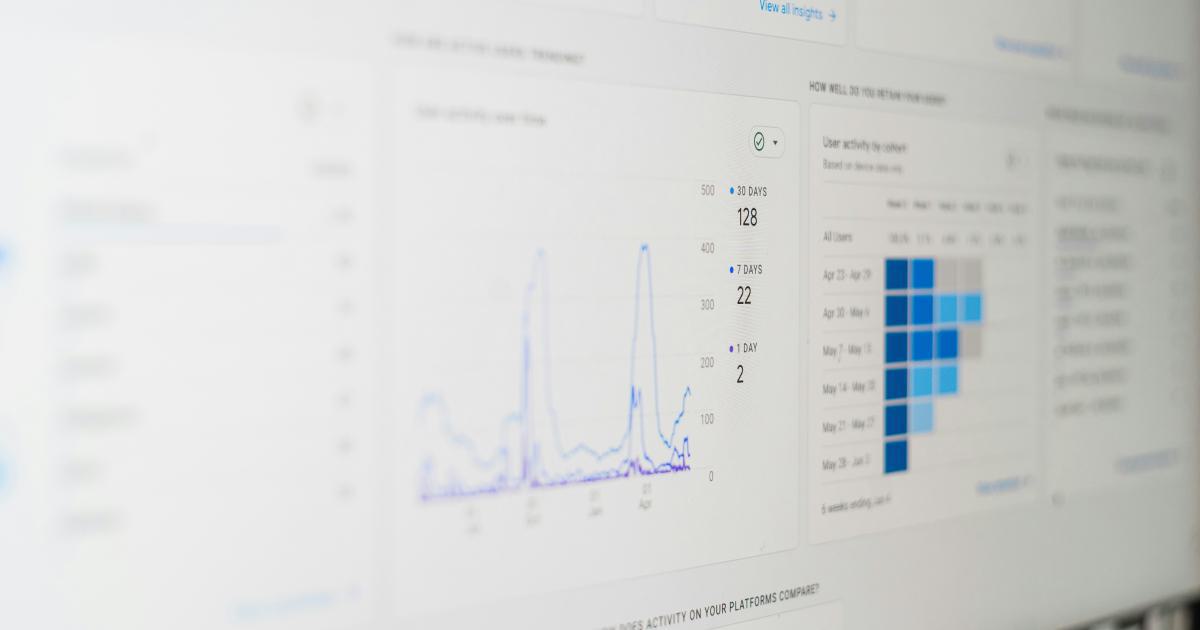The Truth About Creating Impactful Data Stories Revealed


The Power of Data Storytelling
In today's data-driven world, the ability to craft compelling data stories has become a crucial skill for professionals across various industries. Data storytelling is the art of transforming raw data into a narrative that resonates with the audience, inspiring action and driving meaningful change. Whether you're a business analyst, marketing strategist, or data scientist, mastering the art of data storytelling can be the key to unlocking the true potential of your data.

At its core, data storytelling is about more than just presenting facts and figures. It's about connecting with your audience on an emotional level, using data as a powerful tool to inspire, educate, and persuade. By weaving a narrative around your data, you can transform complex information into a captivating story that your audience can easily understand and act upon.
The Importance of Impactful Data Stories
In a world where data is continuously being generated at an unprecedented rate, it's easy for crucial insights to get lost in the noise. This is where data storytelling shines. By crafting impactful data stories, you can cut through the clutter and ensure that your data has a lasting impact on your audience.
Here are some of the key benefits of creating impactful data stories:
Improved Decision-Making: Effective data stories can help your audience understand the implications of your data, leading to more informed and strategic decision-making.
Increased Engagement: By tapping into the power of narrative, data stories can captivate your audience and keep them engaged, fostering a deeper connection with your message.
Actionable Insights: Well-crafted data stories translate complex data into actionable insights, empowering your audience to take concrete steps to address the challenges or opportunities presented.
Competitive Advantage: In a data-driven world, the ability to effectively communicate insights through data stories can give you a competitive edge, setting you apart from your peers.
The Anatomy of Impactful Data Stories
Crafting impactful data stories is not a one-size-fits-all endeavor. It requires a deep understanding of your audience, a keen eye for data visualization, and a mastery of storytelling techniques. Let's dive into the key elements that contribute to the creation of truly impactful data stories.
Understand Your Audience
The foundation of any effective data story begins with a deep understanding of your audience. Who are they, and what are their pain points, goals, and priorities? By putting yourself in their shoes, you can tailor your data story to address their specific needs and concerns.

Ask yourself questions like:
- What prior knowledge or assumptions does my audience have about the topic?
- What are their primary motivations for engaging with this data story?
- What are the key decisions or actions they need to take based on the insights presented?
By answering these questions, you can craft a data story that resonates with your audience and inspires them to take meaningful action.
Identify the Narrative Arc
Just like any compelling story, a data story should have a clear narrative arc that guides the audience through the journey. This typically involves the following key elements:
Introduction: Set the stage by providing context and framing the problem or opportunity you're addressing.
Rising Action: Present the relevant data, highlighting key insights and trends that build towards a central message or call to action.
Climax: Deliver the most impactful or surprising insight that captures your audience's attention and compels them to act.
Resolution: Conclude the story by outlining the implications of the data and the specific actions your audience should take.
By structuring your data story in this way, you can create a sense of anticipation and drama, keeping your audience engaged and invested in the outcome.

Employ Effective Data Visualization
Data visualization is a crucial component of impactful data storytelling. Well-designed visualizations can help your audience quickly and easily understand complex data, while poorly executed visualizations can obscure or even distort the underlying insights.
When selecting and creating data visualizations, consider the following best practices:
Choose the Right Visualization Type: Match the visualization to the type of data and the message you're trying to convey. For example, bar charts are great for comparing values, while line charts are well-suited for showing trends over time.
Prioritize Clarity and Simplicity: Avoid cluttered or overly complex visualizations that can overwhelm your audience. Strive for clean, minimalist designs that highlight the most important information.
Ensure Accessibility: Consider accessibility best practices, such as using high-contrast color palettes and providing clear labeling and annotations.
Leverage Interactivity: Where appropriate, incorporate interactive elements that allow your audience to explore the data more deeply and uncover additional insights.

By pairing your data stories with impactful data visualizations, you can create a powerful synergy that captivates your audience and drives meaningful action.
Incorporate Compelling Storytelling Techniques
Effective data storytelling goes beyond simply presenting data – it requires the use of proven storytelling techniques to engage your audience and inspire them to take action. Consider incorporating the following elements into your data stories:
Relatable Narratives: Weave personal anecdotes, case studies, or hypothetical scenarios into your data story to help your audience connect with the information on a deeper level.
Emotional Resonance: Appeal to your audience's emotions by highlighting the human impact of the data and the real-world implications of the insights you're presenting.
Metaphors and Analogies: Use relatable metaphors or analogies to help your audience better understand complex data concepts or the significance of your findings.
Calls to Action: Clearly articulate the steps your audience should take in response to the insights presented, making it easy for them to put the data into action.

By incorporating these storytelling techniques, you can transform your data into a captivating narrative that inspires your audience to engage, understand, and act.
Best Practices for Creating Impactful Data Stories
Now that we've explored the key elements of impactful data storytelling, let's dive into some best practices that can help you elevate your data stories to new heights.
Start with a Clear Objective
Before you begin crafting your data story, it's essential to clearly define your objective. What do you want your audience to take away from your story? What action do you want them to take? Keeping your objective in mind will help you stay focused and ensure that every element of your data story aligns with your desired outcome.
Establish a Narrative Structure
As mentioned earlier, a well-structured narrative arc is crucial for creating an impactful data story. Take the time to plan out the flow of your story, ensuring that each section logically leads to the next and builds towards a powerful conclusion.
Prioritize Data Integrity
The credibility of your data story hinges on the integrity of the data you're presenting. Ensure that your data is accurate, up-to-date, and sourced from reliable, authoritative sources. If there are any limitations or caveats to the data, be transparent about them to maintain the trust of your audience.

Leverage Storytelling Archetypes
Storytelling archetypes, such as the hero's journey or the underdog story, can be powerful tools for shaping your data narrative. By aligning your data story with a recognizable storytelling archetype, you can tap into the emotional resonance and familiarity of these narrative structures, making your story more impactful and memorable.
Embrace Simplicity and Clarity
When it comes to data storytelling, less is often more. Resist the temptation to cram too much information into your story, as this can lead to confusion and information overload. Instead, focus on the most critical insights and present them in a clear, concise, and visually engaging manner.

Continuously Iterate and Refine
Creating impactful data stories is an iterative process. Continuously seek feedback from your audience, test different approaches, and refine your stories based on what resonates most effectively. By embracing an iterative mindset, you can continually improve your data storytelling skills and deliver even more powerful narratives over time.
Overcoming Common Challenges in Data Storytelling
While the benefits of impactful data storytelling are clear, the journey to mastering this skill is not without its challenges. Let's explore some common obstacles and strategies for overcoming them.
Balancing Data and Storytelling
Striking the right balance between data and storytelling can be a delicate task. You want to ensure that your data takes center stage and provides the necessary credibility, but you also need to weave it into a compelling narrative that captivates your audience.
To achieve this balance, focus on selecting the most relevant and impactful data points, and then use storytelling techniques to bring them to life. Avoid overwhelming your audience with too much data, and instead, use visuals and narrative elements to highlight the key insights.

Overcoming Data Complexity
Complex data sets can present a significant challenge when it comes to data storytelling. Your audience may be intimidated by the sheer volume or technical nature of the information, making it difficult to engage them effectively.
To overcome this challenge, start by thoroughly understanding the data yourself. Break down complex concepts into simpler, more accessible terms, and use visualizations and analogies to help your audience comprehend the insights. Additionally, consider breaking your data story into digestible sections or chapters, allowing your audience to gradually build their understanding.
Maintaining Audience Attention
In today's fast-paced, information-saturated world, keeping your audience engaged and attentive throughout your data story can be a significant challenge.
To combat this, incorporate engaging storytelling techniques, such as interactive visualizations, emotional appeals, and unexpected plot twists. Additionally, be mindful of your pacing, and don't be afraid to use pauses, rhetorical questions, or other techniques to maintain your audience's focus.

Overcoming Personal Biases
As data storytellers, we all have inherent biases that can influence the way we interpret and present information. These biases can distort the narrative and undermine the credibility of our data stories.
To mitigate the impact of personal biases, it's essential to practice self-awareness and seek external perspectives. Engage with diverse stakeholders, ask for feedback, and be open to challenging your own assumptions. By acknowledging and addressing your biases, you can create more objective and impactful data stories.
Showcasing Impactful Data Stories in Action
Now that we've explored the key elements and best practices of impactful data storytelling, let's take a look at some real-world examples that demonstrate the power of this approach.
Case Study: Improving Public Health Outcomes
In the wake of a public health crisis, a team of data analysts and public health experts came together to create a data story that would inform and inspire their community. By combining compelling data visualizations, personal narratives, and a clear call to action, they were able to drive meaningful change and improve health outcomes in their region.

Case Study: Driving Organizational Transformation
A multinational corporation was struggling to adapt to rapidly changing market conditions. By crafting a data story that highlighted the urgent need for organizational transformation, the leadership team was able to secure buy-in from key stakeholders and implement a comprehensive change management strategy that ultimately led to increased efficiency, innovation, and profitability.

Case Study: Empowering Sustainable Decision-Making
In the face of growing environmental concerns, a non-profit organization used data storytelling to educate their community on the impact of their carbon footprint. By presenting complex data in an engaging, visually compelling way, they were able to inspire individuals and businesses to adopt more sustainable practices, leading to a measurable reduction in greenhouse gas emissions.

These case studies demonstrate the far-reaching impact that impactful data stories can have, from improving public health to driving organizational change and fostering sustainable decision-making. By mastering the art of data storytelling, you too can harness the power of data to create meaningful and lasting change.
Conclusion: Unlocking the Full Potential of Your Data
In the era of big data and digital transformation, the ability to craft impactful data stories has become an essential skill for professionals across a wide range of industries. By understanding your audience, employing effective data visualization techniques, and leveraging the power of storytelling, you can transform raw data into narratives that captivate, inspire, and drive action.
As you embark on your data storytelling journey, remember to stay focused on your objective, maintain data integrity, and continuously iterate and refine your approach. By embracing the best practices and overcoming common challenges, you can unlock the full potential of your data and create stories that leave a lasting impact on your audience.
So, what are you waiting for? Start crafting your own impactful data stories today and watch as your data comes alive, inspiring meaningful change and driving your organization or community towards greater success.